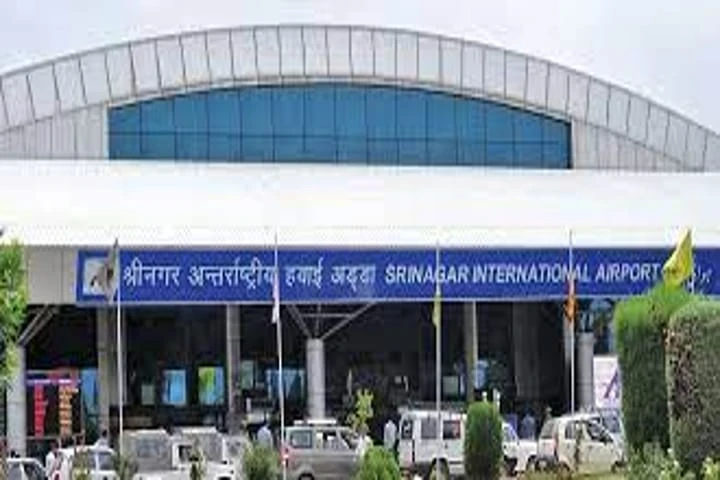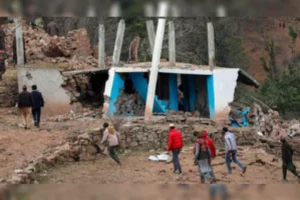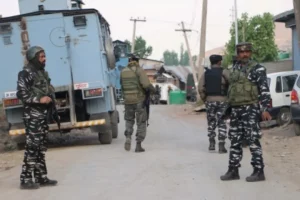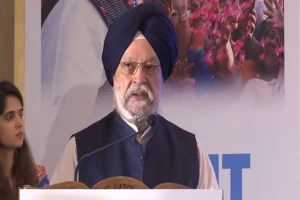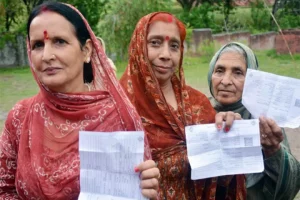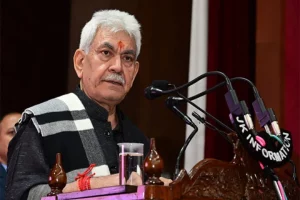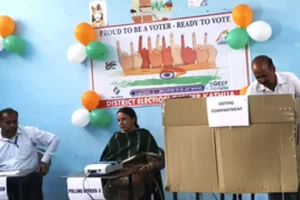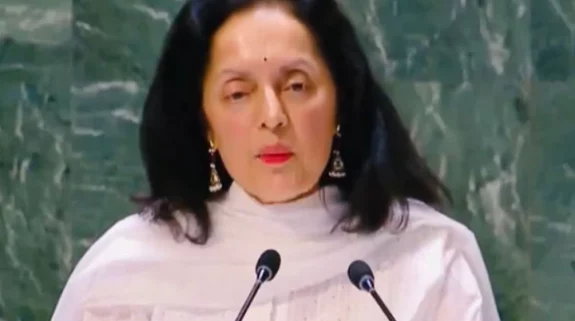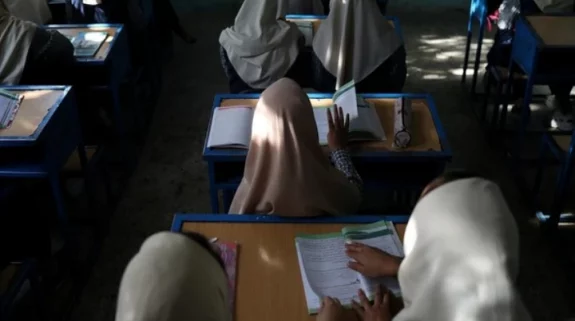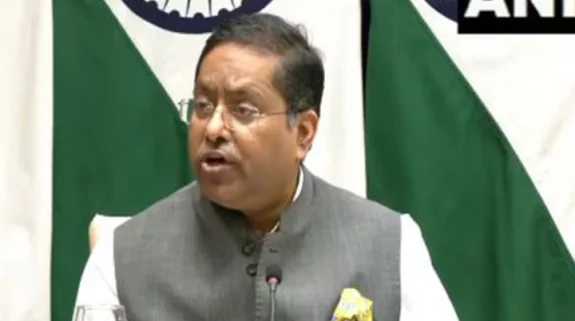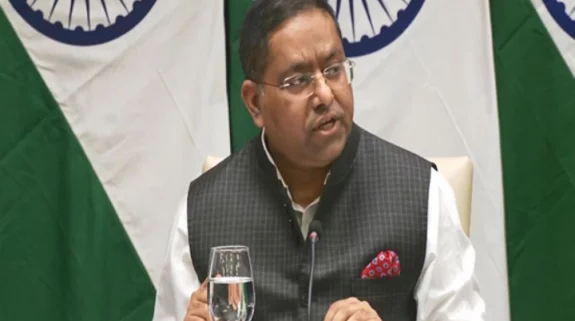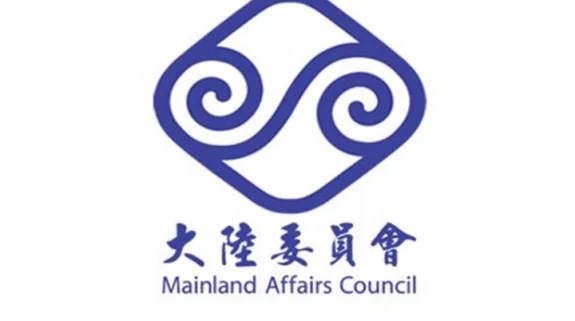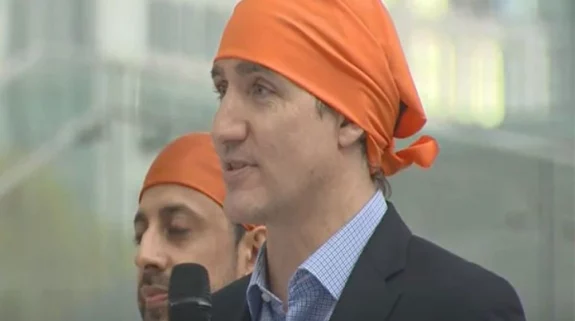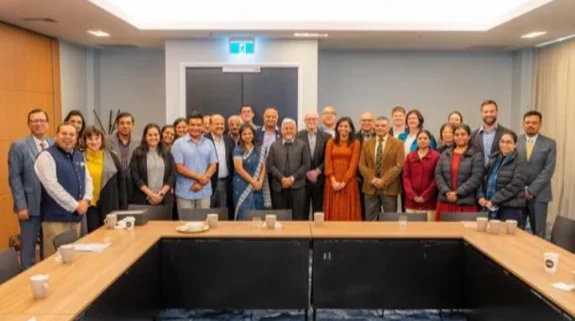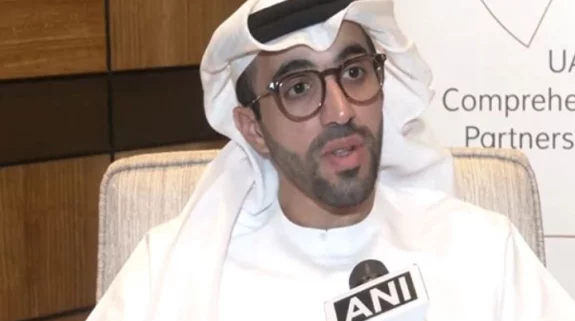Dispelling the western media narrative, faithfully echoed by a section of the Indian national media that Kashmir as a deserted ghost territory after withdrawal of its semi-autonomous status in August 2019, as many as 15 million tourists and pilgrims visited Jammu and Kashmir, notwithstanding the coronavirus pandemic, in the last 15 months.
According to the most authentic official statistics, a total of 1,51,66,887 tourists have visited Jammu and Kashmir in 15 months from 1 January 2021 to 31 March 2022, notwithstanding the Covid-19 pandemic. It breaks all the records of the corresponding period in the last about 10 years. “The pandemic and terrorism are a reality, now both diminishing, but parallel to it runs the inflow of over million tourists—at an average of 0ne million each month”, said a senior bureaucratic source.
As usual, the Mata Vaishno Devi pilgrims account for more than 90 percent of the visitors who have visited the Union Territory during the last 15 months. Even if all the pilgrim tourists are subtracted from the total footfall, as many as 10.07 lakh domestic and foreign tourists have enjoyed a trip, mostly to the Kashmir valley. Officials insist that more than 30 percent Vaishno Devi pilgrims routinely extend their sojourn from Katra, Jammu, to the valley but they are counted in Jammu only.
“The figure would have been far higher if there had been no restrictions on the limit of the daily visitors to the Mata Vaishno Devi shrine due to the pandemic. Besides, the annual Amarnathji shrine pilgrimage was not conducted in the last two years”, said an official who is not authorised to speak to the media.
In spite of the positive trends, it is a fact that most of the visitors were domestic tourists from different Indian States and Union Territories and the number of the foreigner visitors has been a trickle. “But in the last four months, we have noticed a remarkable upswing”, said the official. “While most of the foreigners could not come due to suspension of the international flights, many enthusiasts cancelled their plans due to the advisories issued by their governments in the last over three years”.
As compared to January (60), February (154) and March (136) in 2021, December 2021 witnessed an arrival of 297 foreigners in Kashmir alone. In January, February and March 2022, the numbers in the valley went up to 254, 230 and 520 respectively.
While 7,48,277 tourists visited Jammu and Kashmir in January 2021, the arrivals were 7,73,135 in February, 11,96,957 in March, 6,20,707 in April, 53,801 in May, 3,74,661 in June, 10,51945 in July, 11,49,495 in August, 12,82,572 in September, 14,56,680 in October, 13,04,122 in November and 13,04,132 in December 2021.
The tourist footfall was 9,69,032 in January, 9,95,578 in February and the highest ever 18,85,588 in March 2022.
Srinagar airport has been handling 80-90 incoming and outgoing flights daily in the current season. On many days in March, the total number of incoming passengers, who indeed include the routine domicile commuters, was between 6,500 and 7,500. In addition to that, thousands arrive in the valley every day through Srinagar-Jammu national highway by buses and light motor vehicles.
With 102 flights in 24 hours, Srinagar airport registers record number of passengers. @SrinagarAirport recorded highest number of per day passengers at 15,199 on Monday with 102 flights.The no. of flights has increased due to an influx of tourists amid scorching heat in d plains. pic.twitter.com/9epO8Y2DfI
— Irfan Quraishi (@irfanquraishi85) April 12, 2022
The Srinagar- Sharjah direct flight was flagged off by Union Home Minister, Amit Shah, on October 23, 2021 to boost trade and tourism in the Union Territory. It is operating without break, even as Pakistan withdrew permission to this particular flight for flying over that country’s space.
Lieutenant Governor Manoj Sinha highlighted the scope for cooperation between Jammu and Kashmir and the Gulf during the Gulf Business Summit in Srinagar in March 2022 which was also attended by a 34-member business delegation from UAE, Hong Kong and other GCC countries.
“Like in the summer of 2020, most of the hotels, guesthouses and houseboats are packed to capacity this season”, said Showkat Ahmad, the owner of a hotel on the Boulevard. “We are expecting the highest rush of tourists this year but much depends on control on the Covid-19 and the militancy”, he asserted.
With a three-fold hike, the Centre has increased the budget for tourism in Jammu and Kashmir from Rs 277 crore in 2021-22 to Rs 786 crore in 2022-23.
Crazy traffic jams in Srinagar, Kashmir. Around 10,000 domestic tourists from across the country, coming in every day to the valley since the beginning of this season. Post-coronavirus India looks like a happy thriving place even if it’s annoying inconvenience on the streets. pic.twitter.com/Rud2Sh6PfL
— Aarti Tikoo (@AartiTikoo) March 31, 2022
To offer tourists a peep into the local hospitality, unique culture and traditions of the countryside in J&K, LG Sinha has lately launched ‘Jammu and Kashmir Tourist Village Network Initiative’ to transform 75 villages, known for picturesque beauty and cultural significance, into tourist villages. The youth-led sustainable tourism initiative is also aimed at boosting rural economy and community entrepreneurship besides empowering youth and women by providing them direct and indirect employment opportunities.
These 75 offbeat locations will provide the experience of nature’s wilderness to adventure seekers, trekkers and tourists and will also create a livelihood in the villages on forest environs through home-stays, nature guides, trek operators besides food stalls and forest souvenirs.
The Union Territory government is adopting best practices recognizing the uniqueness of each village and showcasing the landscapes, indigenous knowledge systems, cultural diversity and heritage, local values and traditions besides encouraging film shooting, offering financial incentives as well as ensuring a digital platform to all these villages.
Under the Smart City project, 20 religious sites in Srinagar have been earmarked for face lifting and renovation to attract a larger number of tourists. The focus area is the induction of modern technology to uplift the overall infrastructural standard of the city.
The UT government in collaboration with the Archaeological Survey of India has undertaken the task of renovation, restoration and conservation work on the Mubarak Mandi heritage complex, Maharaja Amar Singh Palace and twin sections of a cable car project to boost the tourism potential of Jammu city.
Also Read: Amit Shah’s visit unlocks roadmap for new Kashmir






